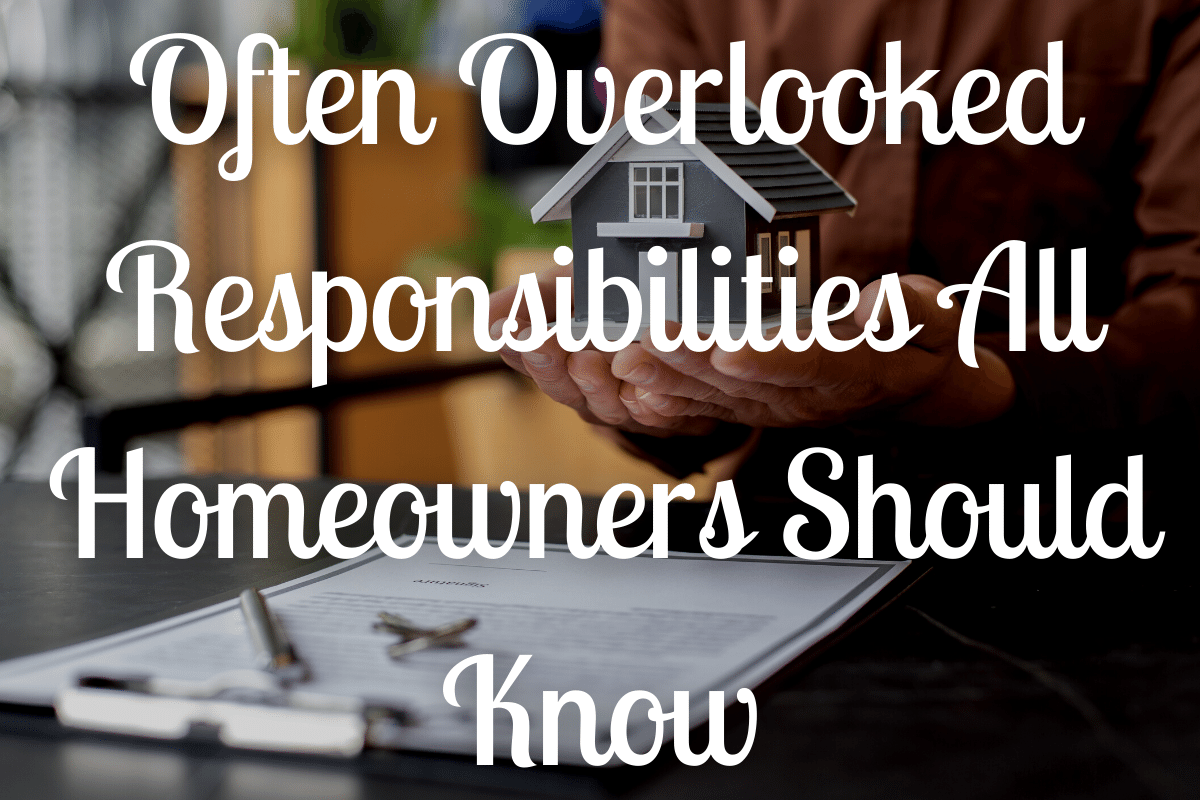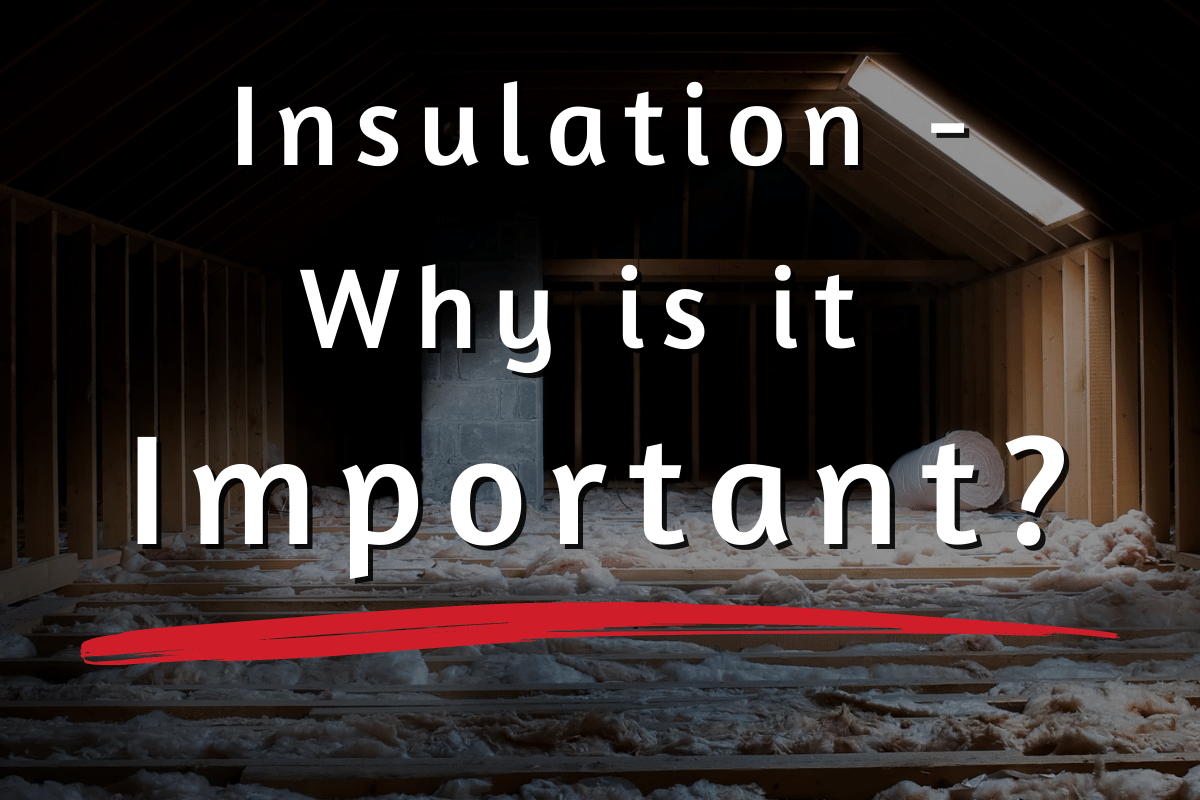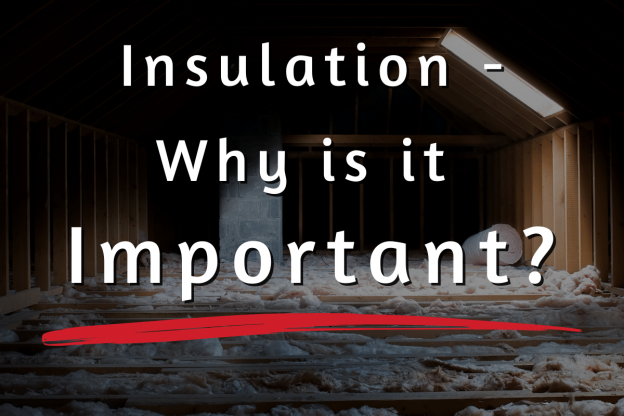You can start going green by checking the insulation in your home.
You may be considering solar panels, heat pumps, solar water heating, or renovating to save on energy costs. The first thing you need to do is improve the insulation in your home. This will help you make the most of your natural resources and not waste energy.
You will spend a lot to buy a powerful system that can cover the energy requirements of an inefficiently insulated home.
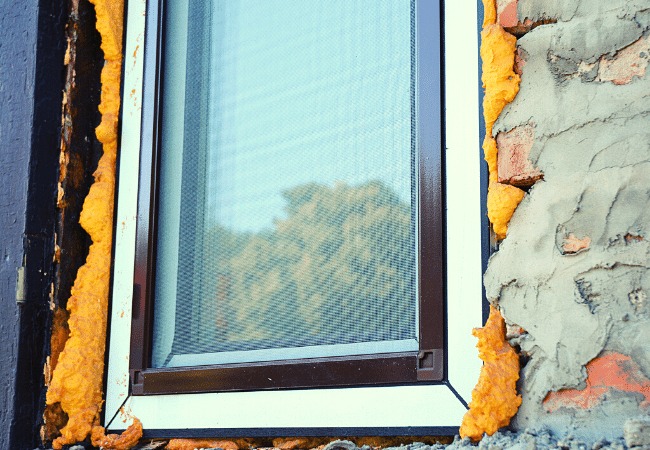
Insulation is one way to save energy at your home. It keeps the house warm in winter and cools during the summer. The Energy Saving Trust estimates that a three-bedroom semi-detached house with three bedrooms can save as much as $200 annually by installing cavity and loft insulation.
This guide will help to understand the importance and the various options available to you to improve the insulation of your home.
What is Home Insulation?
Insulation can help you maintain the temperature of your home throughout the year, by protecting it from cold in winter and heat in summer. Insulation can also be used to reduce noise pollution. Insulated houses are very efficient in terms of energy and require minimal cooling or heating.
The amount of money you can save by insulating your home will depend on many factors, including the type of insulation used and the size of the house. You will also need to consider how old your house may be. You don’t usually need planning permission to install insulation measures. They will pay off over time so it’s a smart investment.
Modern houses are usually built to high insulation standards. However, older houses require a lot more work. In the latter case, there are many ways to increase the efficiency of your home’s energy use. To keep heat from being lost, integral insulation is a good option.
There are many options for ensuring your roof, floors and walls. Walls are the most important as they will lose between 30-40% of heat in a typical home. The roof is second, with 25% heat loss. Next are windows and doors at 20%, and then the floor.
What are Insulators Made Of?
Although there are many different qualities and materials, good insulation products have structures similar to wool that trap air in tiny pockets. Strong curtains are a great way to insulate your home. Hemp and cotton fabrics are excellent insulators. Hardboard and wooden doors, which are made from wood, can be used as insulation to keep your home warm.
Spray foam solutions are available that are generally polyurethane-based. Foam can be used to cover gaps in roof tiles or the adhesive stips version can be used around doors and windows. To stop draughts from entering cracks or gaps, sealants can be used.
Here is a list of some of the different types of insulation:
1. Insulation for walls
Depending on what type of wall you have you can use:
A) Cavity wall insulation: There is a gap between inner and outer leaves. Through drilling holes, an insulator is installed on the wall. The cement is then refilled with it.
B) Solid wall insulation with no cavity. You can choose between external and internal insulation if you have solid walls. The exterior insulation covers most of the property’s facade, while the internal insulation is applied to the inner rooms.
2. Roof insulation
A) Warm loft. Insulating immediately below the roof. Although it is more costly than a cold loft, this is usually better insulation.
B) Cold loft insulation immediately above the ceiling on the top floor.
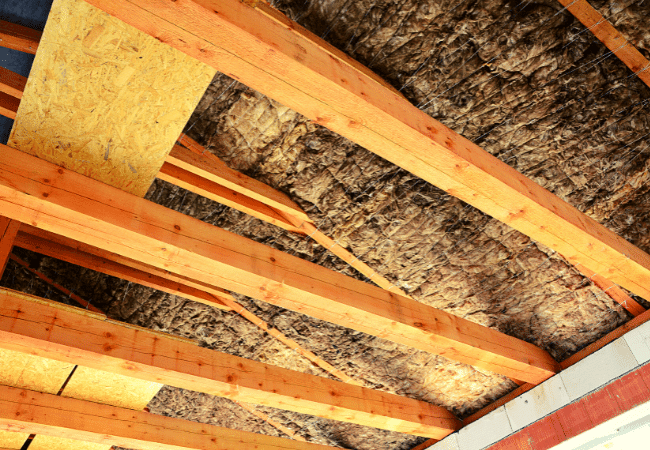
3. Insulation of windows and doors
Double-glazing windows and doors are a must! This means you have at least two glass panels spaced a few millimeters apart, instead of one. Double glazing can also help protect your home from outside noise and keep it warm and quiet.
4. Floor insulation
It might be quite expensive so make sure you can afford it. This will depend on what type of floor you have. Modern houses usually have insulation under the concrete floor, while older homes with suspended floors may require additional investment.
Good rugs can be used as floor insulation. You will feel more comfortable when you walk on this floor.
What’s the next step?
After you have optimized your home’s insulation you can give your home an energy-efficient final touch. Green energy systems can be used to heat your home and generate your electricity.
These systems will eventually pay for their costs. You will be able to reduce your household’s carbon footprint, and in the long term, you can save a lot of cash!
